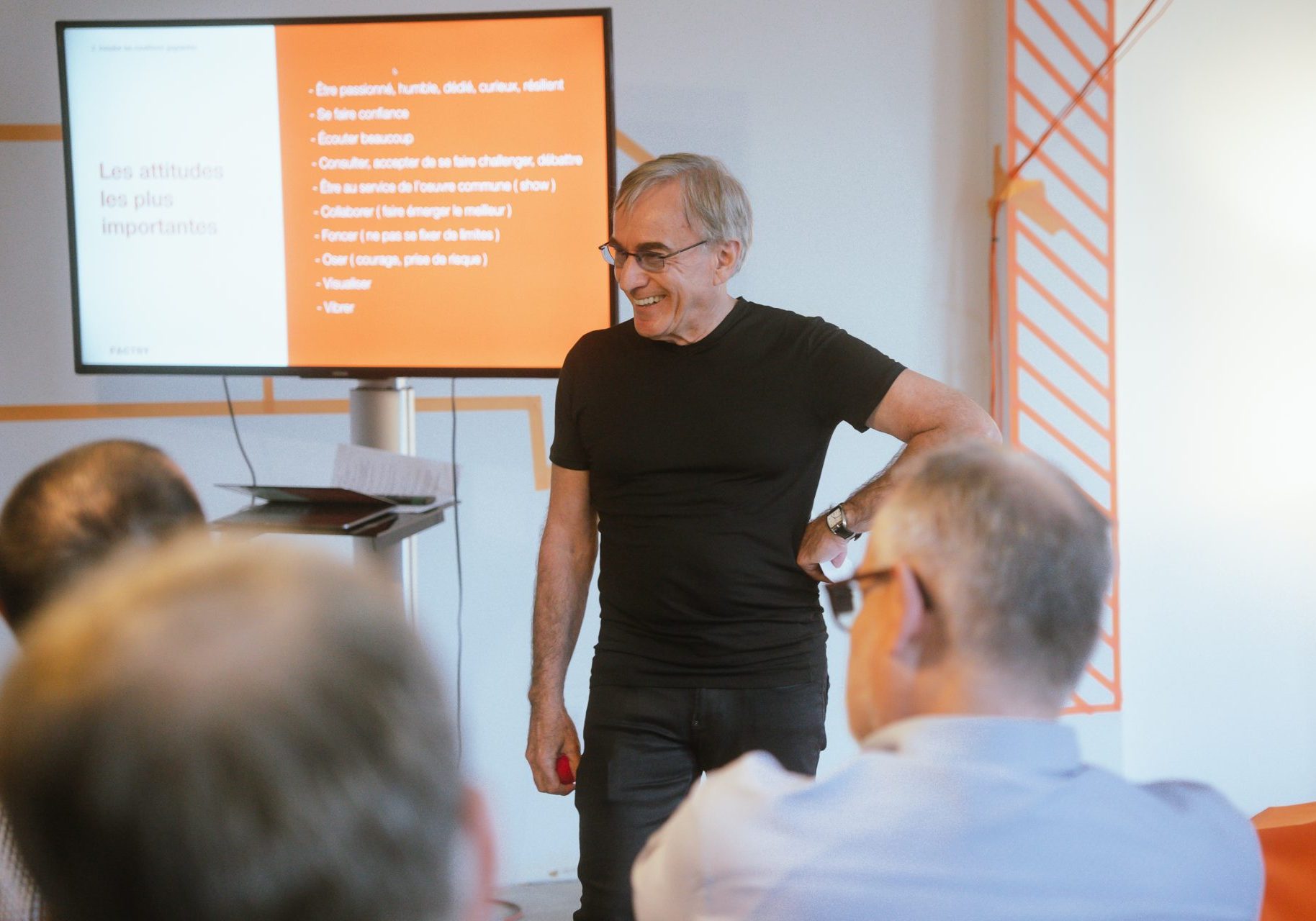Daniel Lamarre has spent the last 20 years defining Cirque du Soleil’s strategies and building an outstanding organizational culture. Here are the six ingredients that the Executive Vice President of Cirque du Soleil’s Board of Directors and a frequent contributor to the Factry believes are essential for employees to achieve their potential.
1. Have a mission, a vision and strong values, and know how to transmit them.
“It’s all well and good to have a strong mission, but you also have to make sure that employees know it very well, and that they can translate it into their daily lives through concrete actions. Unfortunately, we often stick to very general concepts that do not appeal to them: it is the role of managers in each of the company’s departments to transpose the general mission to their sector of activity. We have to make sure that there are very strong internal communication mechanisms.”
2. Communicate, communicate, communicate.
“This is a hyper-important concept to me, even though it may seem trite. Too often we take for granted that our employees know everything. We forget not only to give them the information they need, but also to explain our reasoning and our path so that they understand why we are going in a certain direction. The more generous we are in our communication, the more generous our employees are going to be to us and generate ideas that are tailored to our goals and challenges.”
3. Solicit ideas, and implement the best ones.
“We need to set up a creative environment. We need managers to share with employees the goals as well as the problems of the company, and solicit their input. You need to create a climate where good ideas are welcomed, where leaders listen, and where the best proposals are retained. People then feel they have a role to play in achieving the company’s goals. And, when employees are asked to mobilize to find new avenues, clear mandates must be given. Otherwise, they’ll dip into the wrong lake, and everyone will waste their time: it’s demobilizing for the employee to feel like they’ve worked for nothing, and it’s not helpful for the company either.”
4. Decentralize.
“In an organization, employees identify with their day-to-day activities, with their particular area. As long as they adhere to the larger goals of the company, they need, within their small team, a lot of autonomy.”
5. Value individual talents without losing sight of common goals.
“A sector, a company, is first and foremost a team. Within it, the members have different strengths, ideally complementary. In order to achieve cohesion, we must both recognize the talents of each individual and optimize them on a daily basis in order to meet the broader objectives of the team and the company.”
6. Recognize work well done, and celebrate wins.
“Recognizing people’s work is fundamental. When you implement, for example, a new way of doing things at the suggestion of this or that team member, and it has a positive impact on the organization, you give credit. It helps generate a constant flow of new ideas for the company, and it’s also very motivating for employees. On another scale, even if I don’t recommend having a party just for the sake of having a party, it’s also extremely important to celebrate big collective victories. When you have clear goals and you achieve them, it’s great to celebrate, because it becomes a bit of a measuring stick for employees: they know they can expect to be recognized and rewarded if we achieve our common goals. And the party is also a great way to fuel team spirit.”



